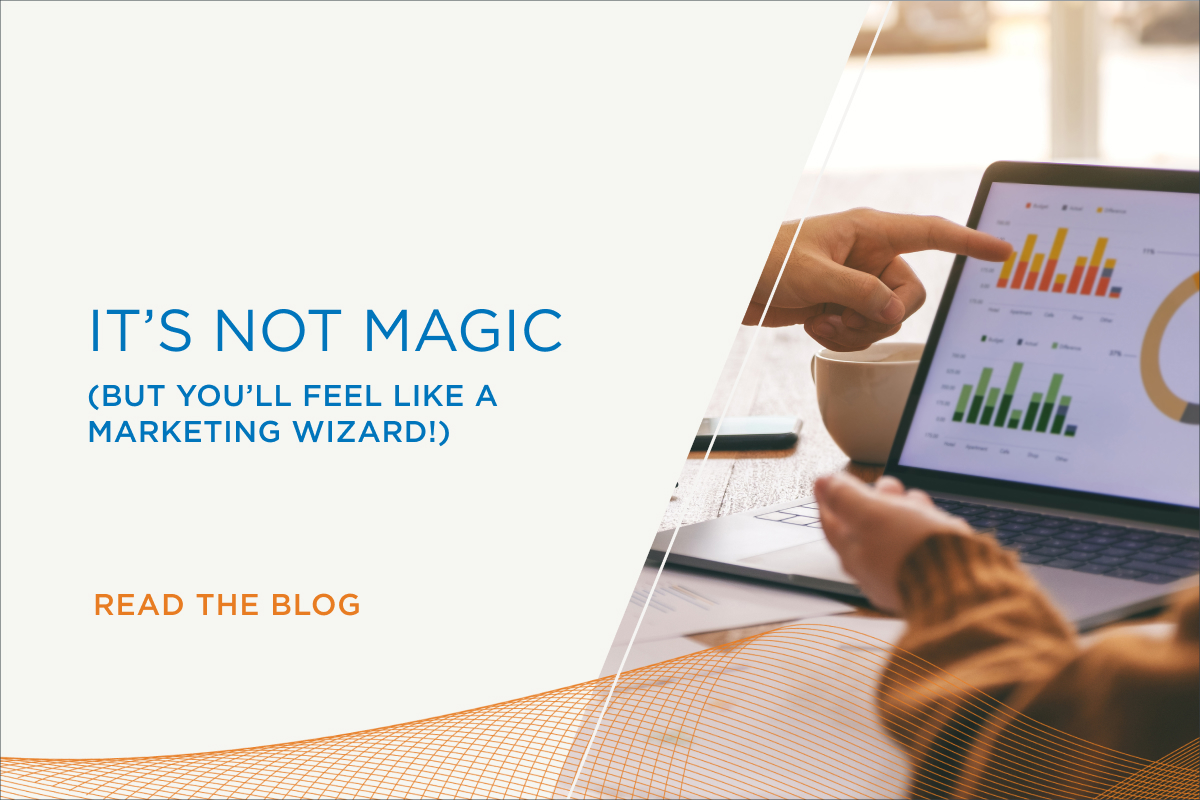Every marketer understands the challenge of meeting the demands of a key executive who insists on precise ROI figures for every dollar invested in media. Bottom lines are tight. Simply earning brand awareness no longer suffices. So, how can you, as a marketer, demonstrate what’s working right now but also predict future success, while managing the ever-changing privacy changes such as the elimination of third-party cookies ꟷ all while making the most of your limited marketing budget?
Enter: Media mix modeling.
Media mix modeling is a statistical and analytical technique used in marketing and advertising to determine the most effective allocation of resources across various media channels and marketing activities. Its primary goal is to understand how different marketing channels and investments contribute to achieving specific business objectives.
Media mix models are used to measure the effectiveness of advertising efforts in generating revenue. They are typically built using historical data and are designed for ongoing analysis and optimization. The core function of these models is to attribute the effects of advertising and break them down to see what’s working and what can be improved.
Media mix modeling can be a powerful tool for marketing professionals and organizations looking to make informed decisions about where to invest their advertising dollars. It provides data-driven insights that help optimize marketing strategies, improve ROI, and achieve better overall results in terms of business objectives.
How Can Media Mix Modeling Benefit Marketers?
Media mix modeling isn’t just about planning future campaigns; it offers multiple ways to enhance profitability and market share. Here are seven ways media mix modeling can help marketers demonstrate their value:
- Optimize budget allocation: Gain insights into which channels and tactics provide the best return on investment, enabling more efficient resource allocation.
- Maximize ROI: Identify methods that generate the highest ROI, empowering data-driven decisions to boost marketing effectiveness, ultimately leading to increased revenue and profitability.
- Understand cross-channel effects: Media mix modeling reveals how different marketing channels interact and affect each other, helping you grasp how changes in one channel affect overall performance.
- Forecasting: Use media mix modeling to predict future sales or performance metrics based on various budget scenarios to help inform budget adjustments and long-term strategy.
- A/B testing: Media mix modeling supports testing the effects of various marketing activities.
- Continuous improvement: Regularly update and refine your media mix model to adapt to evolving market conditions and consumer behavior, fostering continuous improvement in your marketing strategy.
- Resource efficiency: Identify underperforming channels or campaigns with media mix modeling, so you can reallocate resources to more effective strategies and prevent wasted spending.
Media mix modeling has certain advantages over multi-touch attribution models, particularly in the context of online and offline advertising. For example, media mix models allow you to consider both online and offline advertising channels. Traditional marketing uses various methods like radio, TV, billboards, etc. Instead of trying to directly attribute every sale to a specific ad interaction (which is what happens in a 1-to-1 multi-touch attribution model), media mix models let you assess the impact of different advertising channels collectively.
But media mix modeling is not universally applicable — it might not be appropriate for all marketers in all situations. And not every company has the resources to invest the time, money or data to make it work. The following resources are necessary for the modeling to yield optimum results:
- Data availability. The breadth and depth of data required includes historical sales, marketing spend and other points going back several years.
- Clarity. Make sure your objectives are defined and agreed upon by all necessary parties before you begin. Is your goal increased ROI, optimized budget or channel allocation?
- Commitment. Media mix modeling is a data-driven approach. The organization should be ready to embrace data-driven decision-making and be open to using model-generated insights to guide marketing strategies.
- Expertise. Do you have in-house expertise or the ability to bring in external experts (e.g., data analysts, statisticians) to develop and maintain the media mix model? Oftentimes it is better work with a skilled partner who has various models already available and the experience to guide your decision-making.
- Accountability. Stakeholders should be willing to act on the insights generated by models and adjust strategies based on data-driven recommendations. Leaders should also understand that media mix modeling often provides insights for the longer term.
- Data privacy and compliance. Ensure your company complies with data privacy regulations and follows appropriate data handling practices.
In a landscape where data-driven decisions are critical to success, media mix modeling stands as an asset for marketers seeking to navigate the complex terrain of advertising with precision and efficiency.
